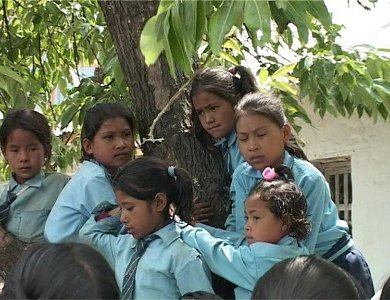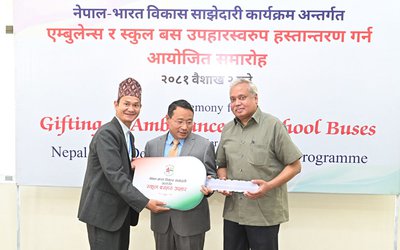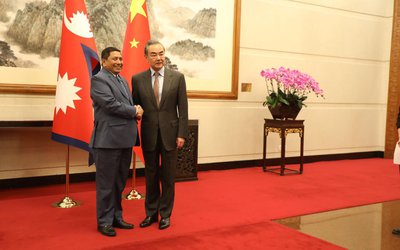
If the recent SLC results give any indication, they show Nepal's schools produce 40 students who secure pass marks and the remaining 60 just fail.
In this context, the recently published World Bank's report is important to look at.
"The poor quality of education in South Asia, as reflected in low learning levels, traps many of its young people in poverty and prevents faster economic growth and more broadly shared prosperity," said the World Bank report.
In the first comprehensive study to analyze the performance of South Asian educational systems in terms of student learning, the World Bank said governments in the region had recognized that they must now do more to improve the quality of education in schools, after having achieved tremendous progress in increasing schooling access over the past decade.
“Just spending time in school is not enough. There has to be a significant gain in skills that requires an improvement in the quality of education,” said Philippe Le Houérou, World Bank Vice President for the South Asia Region. “This will help countries in the region to reap the full expected returns on their investments and generate gains in productivity and economic growth.”
The report noted that many governments in South Asia (Afghanistan, Bangladesh, Bhutan, India, Maldives, Nepal, Pakistan, and Sri Lanka) had invested heavily in education to achieve the Millennium Development Goal of universal primary education for all children by 2015. This investment resulted in an increase in the net enrollment rate in South Asia’s primary schools from 75 percent to 89 percent from 2000 to 2010, bringing the region closer to the enrollment rates in Latin America and the Caribbean (94 percent) and East Asia and the Pacific (95 percent).
Yet there are large differences in schooling access across the countries of South Asia as well as between different socioeconomic and demographic groups within countries. Sri Lanka is a clear outlier, having achieved near-universal primary education decades ago. Afghanistan and Pakistan still lag significantly behind other South Asian countries.
The report was most concerned with the disappointing outcomes, as measured by student learning, of South Asia’s education systems, which it said in part reflected coping with the large influx of children who were first-generation school-goers. Much of what South Asian students are taught is “procedural” or rote based. Students are poorly prepared in practical competencies such as measurement, problem-solving, and writing of meaningful and grammatically-correct sentences. One quarter to one third of those who graduate from primary school lack basic numeracy and literacy skills that would enable them to further their education.
With so many skills important in the work world missing from what is taught in schools, it is no surprise that employer surveys confirm that inferior education systems and the shortage of skills are constraining private sector investment.
“The poor quality of education in South Asia is a major obstacle to the region’s future economic prospects,” said Halil Dundar, a lead education specialist at the World Bank and one of the report’s authors. “Raising education quality in South Asia is an urgent priority that could transform the region’s economic landscape.”
The report recommends a multi-pronged strategy that includes initiatives outside the education sector to address South Asia’s education challenges. The report suggests the need to ensure young children get enough nutrition, raise teacher quality, use financial incentives to boost quality and bring in the private sector:
To improve the measurement of student progress, governments have already begun moving in this direction but need to do more to improve the quality and reliability of assessments and benchmarking national learning outcomes against international standards.
Nepal's recent SLC results indicated that there is the need to improve the quality of environment in school sector and the participation of community and private sector makes a lot of difference.
- TANAHU HYDROPOWER PROEJCT: A Significant Achievement
- Apr 15, 2024
- AMBASSADOR HANAN GODAR: Sharing Pain With A Nepali Family
- Mar 30, 2024
- VISIT OF KfW AND EIB TO NEPAL : Mission Matters
- Mar 25, 2024
- NEPAL BRITAIN SOCIETY: Pratima Pande's Leadership
- Mar 24, 2024
- NEPAL ARMY DAY: Time To Recall Glory
- Mar 15, 2024
















